Steak Temperature Guide: The Science of Doneness
Primal Edge Health participates in the Amazon Services LLC Associates Program and other affiliate programs and therefore, may collect a share of sales or other compensation from the links on this page. This comes at no additional cost to you, and all the prices and availability are accurate at the time of publishing.
In this sizzling steak temperature guide, learn the difference between rare, medium-rare, medium, medium-well and well-done to discover the secrets to cooking your perfect steak to your desired degree of doneness.
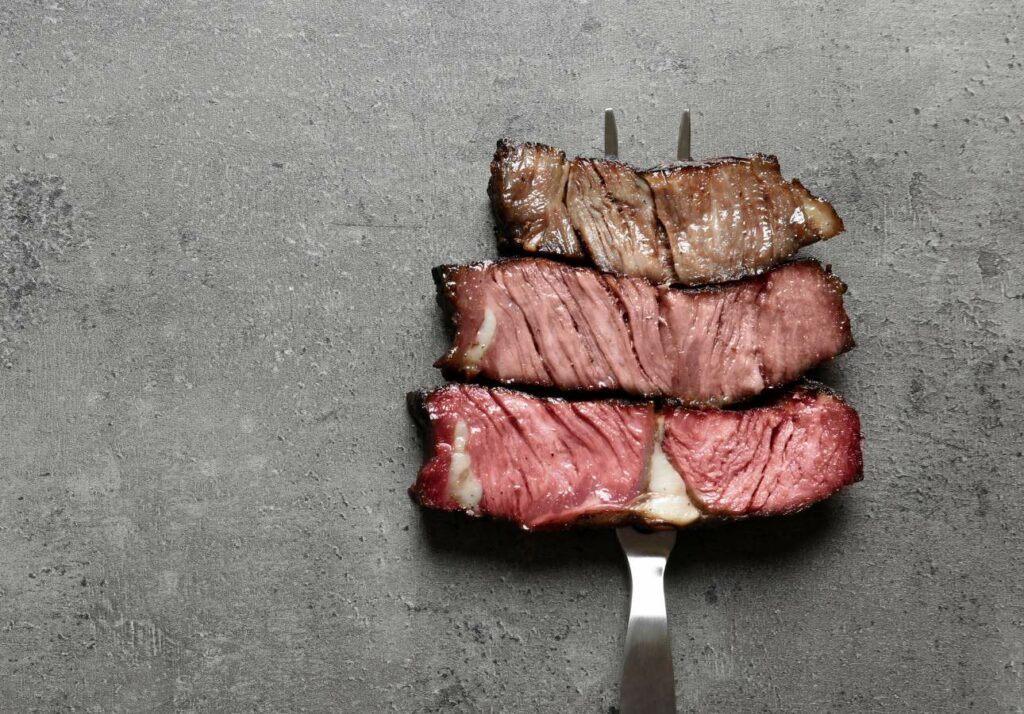
Have you ever wondered how to achieve that perfect juicy, tender and flavorful steak? Aside from learning how to tenderize steak, it all comes down to temperature and we have important vocabulary to identify each stage. Although it took me a lot of time to master the art of cooking the perfect steak, the learning curve was well worth it.
With this guide, the next time you grill a steak on a charcoal grill or sear steak on a griddle, it will turn out perfectly. Is your mouth watering already? Let’s dive right into it!
USDA Safety Considerations
Before breaking down different steak doneness levels, it’s important to consider the USDA recommended temperature for cooked steak. They advise cooking raw beef, including steak, to an internal target temperature of 145 F with a 3-minute resting period. This is considered the safe minimal internal temperature to prevent foodborne illness.
This is why a meat thermometer is one of the most important grill tools you should have. The USDA recommends using a digital thermometer to get the most accurate temperature reading. Plus, diners who are very young, elderly, pregnant or have compromised immune systems may be at risk if steaks are prepared below that temperature.
The Thermapen® ONE, by Thermoworks, is my favorite kitchen tool. Whether I'm grilling, baking, roasting or fermenting, this tool ensures targeted precision. Its quick response time and user-friendly design make it an indispensable companion for consistently delicious and precisely prepared food.
- One-second readings
- Accurate within ± 0.5°F (± 0.3°C)
- America's Test Kitchen - Winner
- 5-year warranty
Restaurants around the U.S. offer steaks cooked below 145 F. To do so, the FDA requires them to include a consumer advisory statement on their menus about the risks of eating raw or undercooked items.
So why do restaurants offer steaks cooked below what the USDA recommends? Because steaks cooked to medium-rare or rare have a more enjoyable mouthfeel, taste and texture for many diners. Moreover, the restaurants are confident in the safety protocols followed while sourcing their meat, especially for expensive cuts like ribeye and T-bone.
If you plan to cook your steak at home below the USDA recommended temperature of 145 F, be sure to choose beef from a quality meat source. Then, season it with a good steak rub and cook it in a skillet or on a grill or griddle.
If you’re concerned about going below that temperature or you fall into the high-risk category, you can also obtain great tenderness, juiciness and flavor by cooking beef that’s graded USDA prime. Certain cattle breeds like Angus and Wagyu are also known for more marbling and better tenderness.
However, take note that some beef dishes should never be eaten raw. For example, if you use regular ground beef for your hamburgers, the FDA recommends cooking it all the way through. Like steaks, grilling burgers to perfection requires a safe internal temperature.
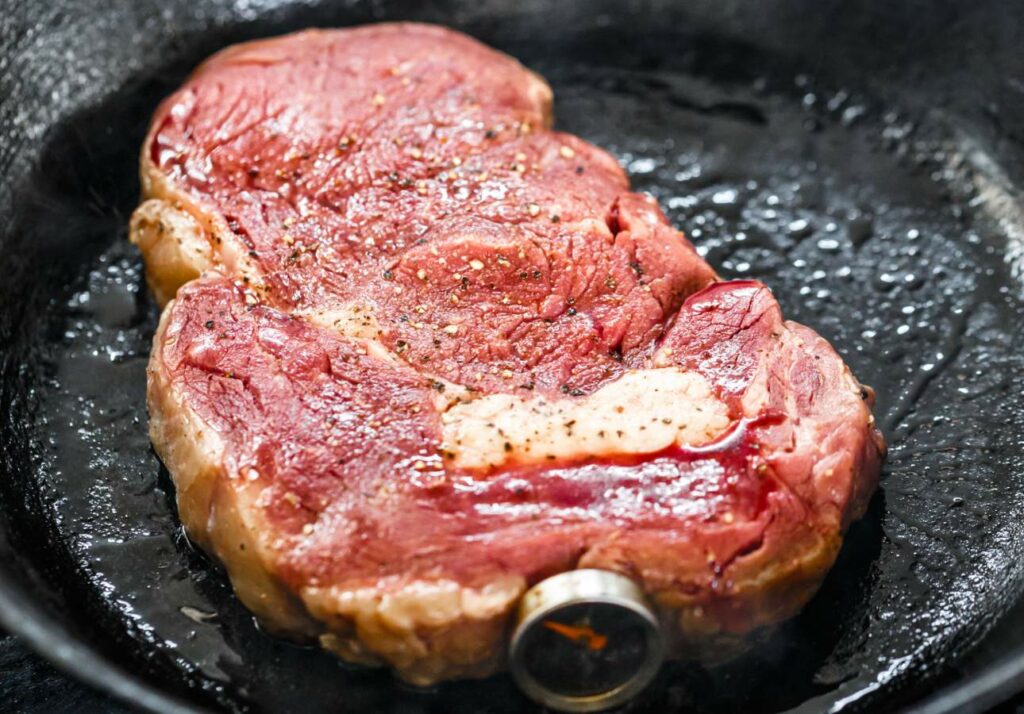
Steak Doneness Levels
Some experienced chefs can tell a steak’s doneness by feeling it. If you press on the steak, the proteins will be looser the rarer it is. As it cooks, the steak will become firm.
The most accurate way to measure the internal temperature of a steak is to use an instant-read thermometer. While the steak is cooking, insert the meat thermometer through the side into the center of your steak. Make sure the tip of the thermometer is surrounded by meat. If it touches bone, gristle or fat, the temperature can be skewed.
Take note that different steak cuts will require different cooking times and temperatures to reach the same level of doneness. For example, rib steaks and ribeyes cook around the same temperature but have different cooking times.
I also recommend using cast iron cookware, which I always use to cook New York strip steak, to make sure your steak cooks evenly since cast iron distributes heat well. Don’t forget to season your cast iron with neutral oil like tallow!
Blue Steak
- Temperature: 115-120 F
- Color: Bluish-red inside with a quick thin sear outside
- Tenderness: Can be chewy depending on the cut
Rare Steak
- Temperature: 120-125 F
- Color: Bright red center with slight char on the outside
- Tenderness: Very soft
Medium-Rare Steak
- Temperature: 130-135 F
- Color: Warm red center with more browning on the edges
- Tenderness: Evenly soft and tender
Medium Steak
- Temperature: 135-145 F
- Color: Light pink center with a thicker ring of brown
- Tenderness: Soft in the center with firm edges
Medium-Well Steak
- Temperature: 145-155 F
- Color: Light brown with a touch of pink in center
- Tenderness: Stiff
Well-Done Steak
- Temperature: 155 F plus
- Color: Brown all the way through
- Tenderness: Firm and chewy
“When it comes to a perfectly cooked steak, there are several factors that come into play. The heat of the cooking surface, the starting temperature of the steak, your desired finished temperature, the thickness of the steak and the environment. These all play a crucial role in cooking your steak exactly the way you like it. A thicker steak needs more time to reach medium rare than a thin cut. And a steak being grilled over a fire in the rain may take longer than one in the convection heat of an oven. It’s important to understand how these things can all make or break your delicious meal.”
— Kita R., Girl Carnivore
The Finger Test
The finger test is a great way to master how each level of steak doneness feels. A lot of professional chefs use this technique, and it can help prevent steak juices from leaking when you poke it with a meat thermometer.
To test this method out yourself, start by opening the palm of your hand and relaxing it. Then, push on the fleshy part between the thumb and the base of your palm using the index finger on your other hand. This is what a raw steak feels like.
Next, gently press the tips of your thumb and pinky together. Feel the fleshy part of your palm again. It feels firm, right? This is what well-done meat feels like.
Now, do the same with your thumb and ring finger. Pressing on the fleshy part of your palm will tell you what a medium-done steak feels like, which should indent a little when you press on it. Repeat the process with your thumb and middle finger, and you get to feel medium-rare doneness.
Finally, press your thumb and index finger together and push on your palm with the index of your other hand. This is what a rare steak feels like.
With this knowledge, you can simply press on your steak to see if it’s cooked to your desired doneness. This takes quite a bit of practice, but you’ll get it down in no time.
Resting and Carryover Cooking
Once the meat is removed from the heat, the steak will continue to cook. This is called carryover cooking. To compensate for carryover cooking, remove your steak from the heat when it is a few degrees below your desired temperature.
Master the Art of Cooking the Perfect Steak
The next time you’re cooking steak, consider these tips and cook to your desired temperature. The learning process may come with a few ups and downs, but that’s what cooking is—constant practice.
If you source great quality beef and don’t fall into a high-risk category, try cooking it to medium-rare for a flavorful steak that is guaranteed to be juicy and tender. Otherwise, you might want to cook it a little more to make sure your beef is safe to eat.
Now that you’ve mastered cooking steak, learn how to grill the perfect burger on a gas, charcoal or pellet grill. Explore our blog further for more cooking tips, recipes, and holistic health!
FAQs
A rare steak is not technically raw, but it’s cooked at a lower temperature for a shorter period of time compared to other levels of doneness like medium or well-done. It’s heated enough to kill surface bacteria but retains a juicy, tender texture. Still, make sure your meat comes from a trusted source to minimize the risks of eating undercooked meat.
Always purchase it from a reputable source and check for freshness. Look for meat that is bright red, firm to the touch, and has minimal odor. Don’t forget to check the sell-by or use-by date.
The highest grade of beef is USDA Prime, which is for abundant marbling, tenderness, and rich flavor. However, USDA Choice and USDA Select grades are also great quality and good options for a balance of marbling and affordability.
No. The red color comes from a pigment called myoglobin, which is a protein found in muscle tissue that helps deliver oxygen to the muscles. Raw beef appears red because the myoglobin is in its natural state. When heat is introduced to the meat, the myoglobin undergoes a chemical change. So, no, you are not eating beef blood.
Portions of this article originally appeared on Food Drink Life.


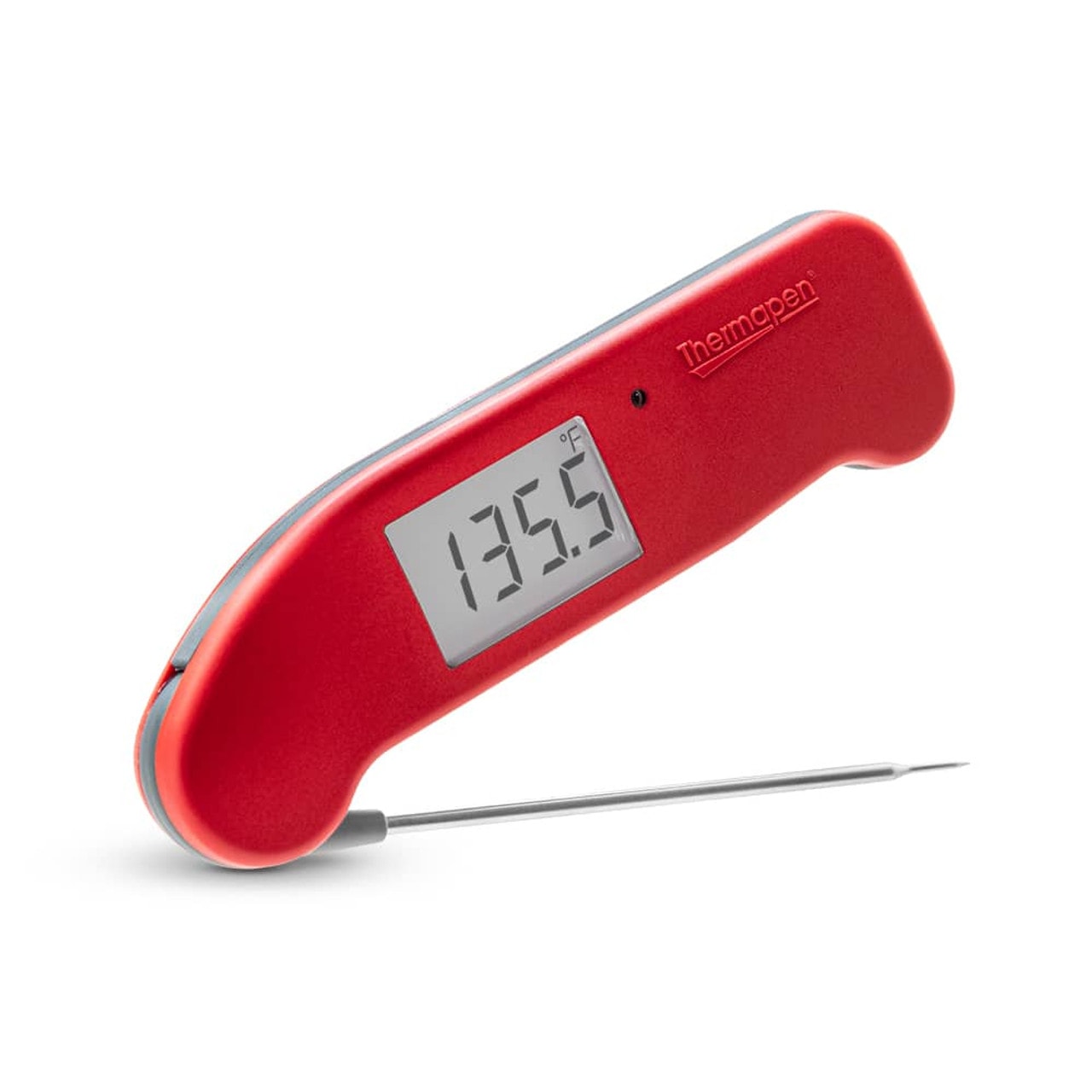
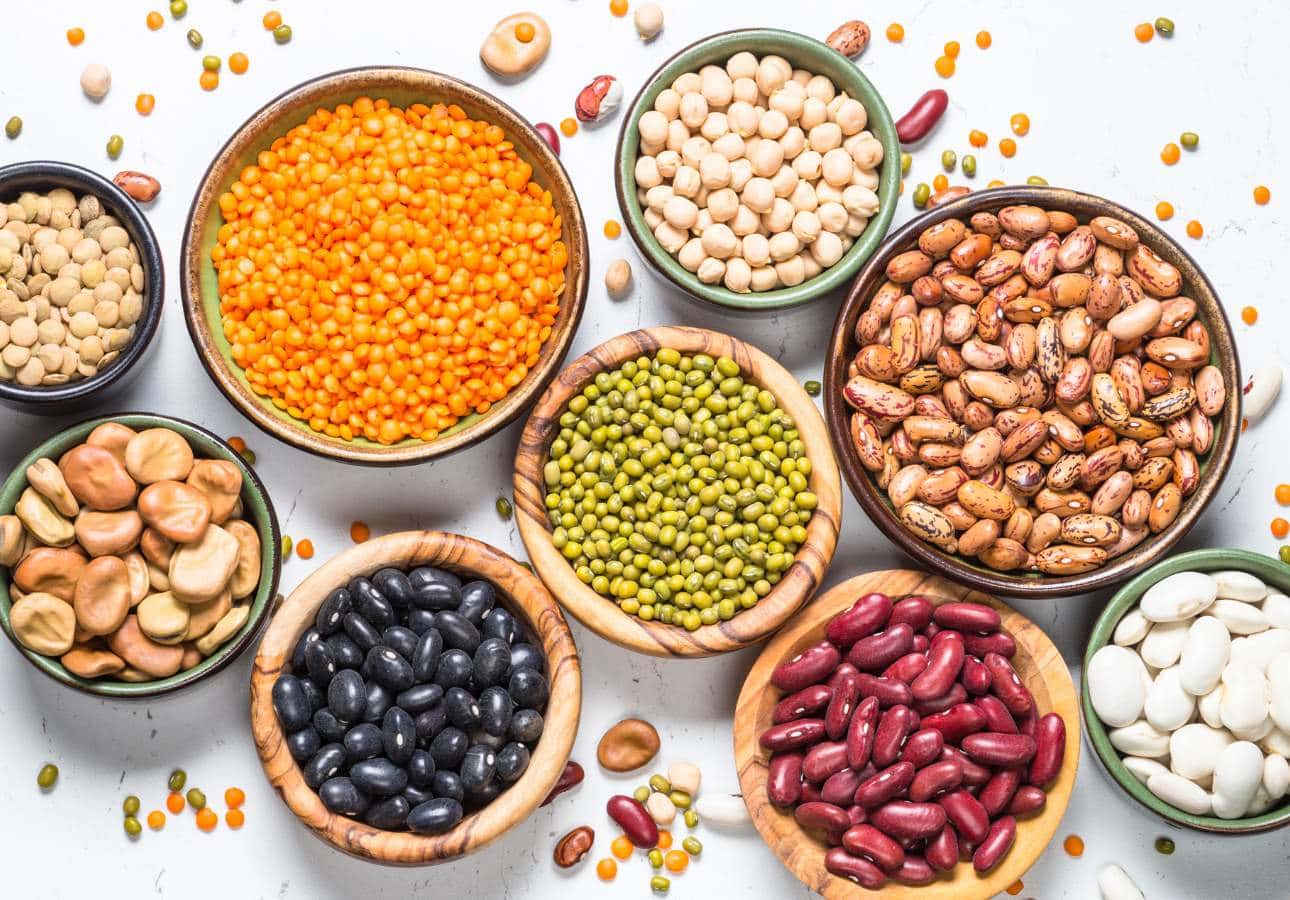
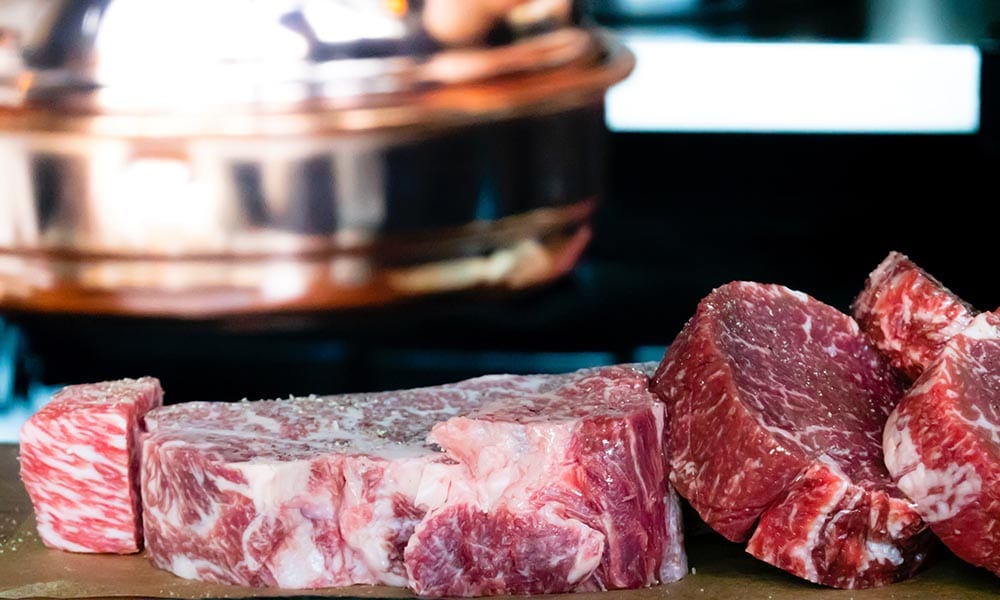
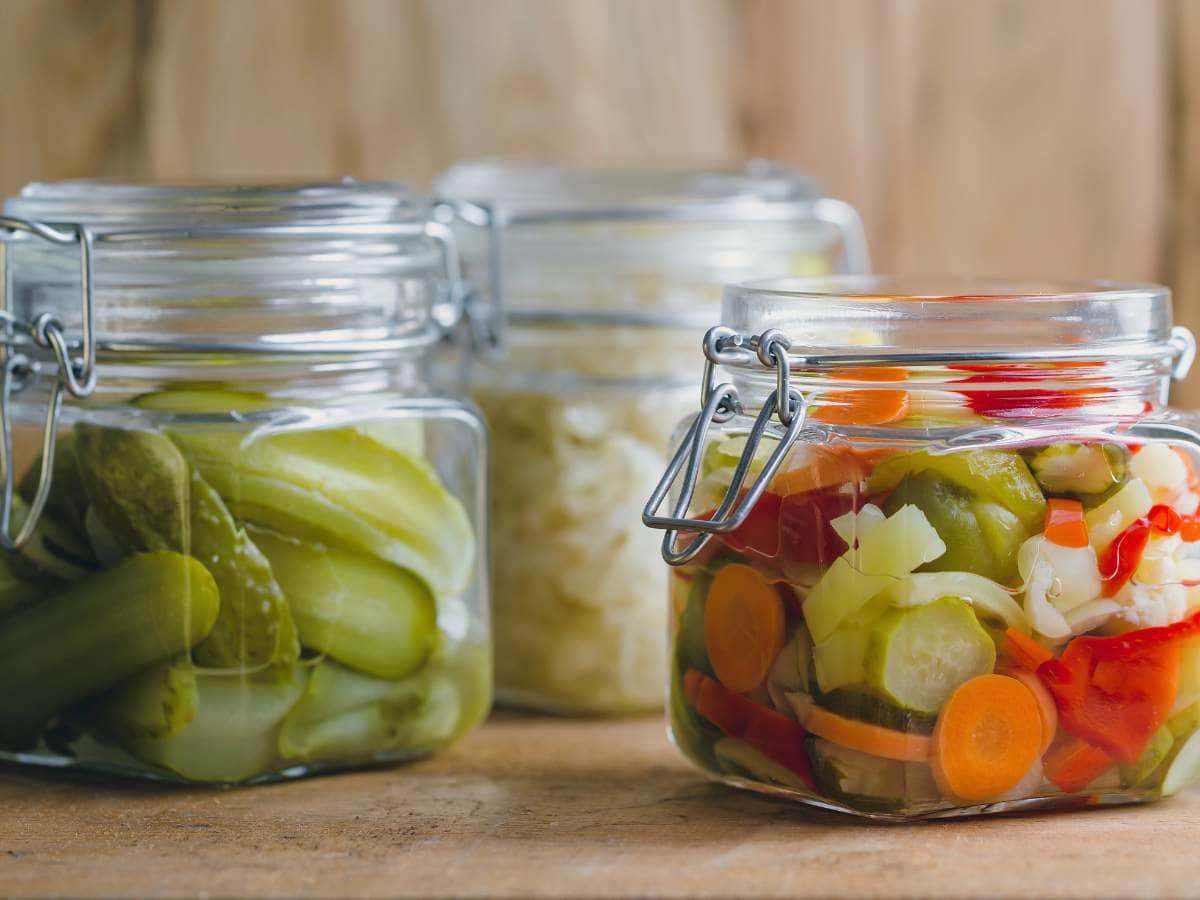
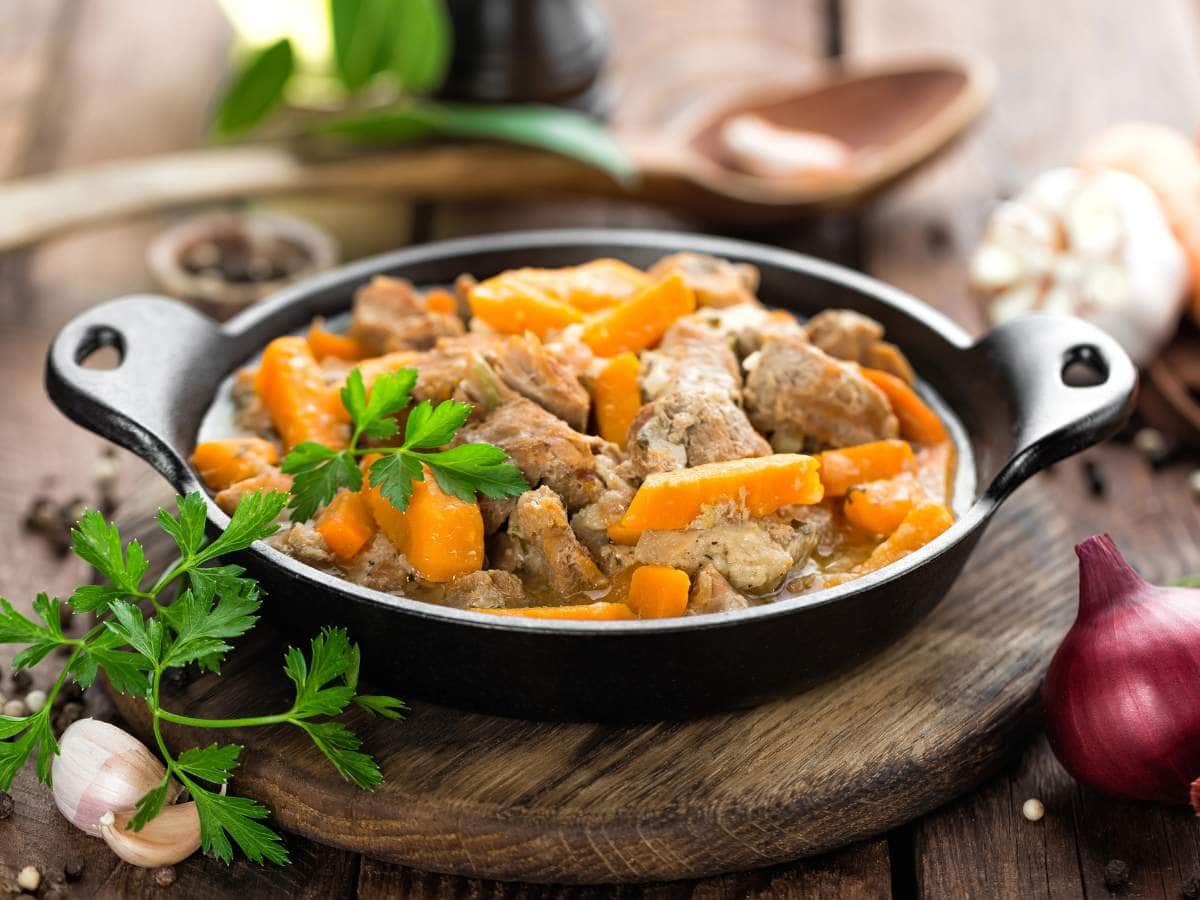
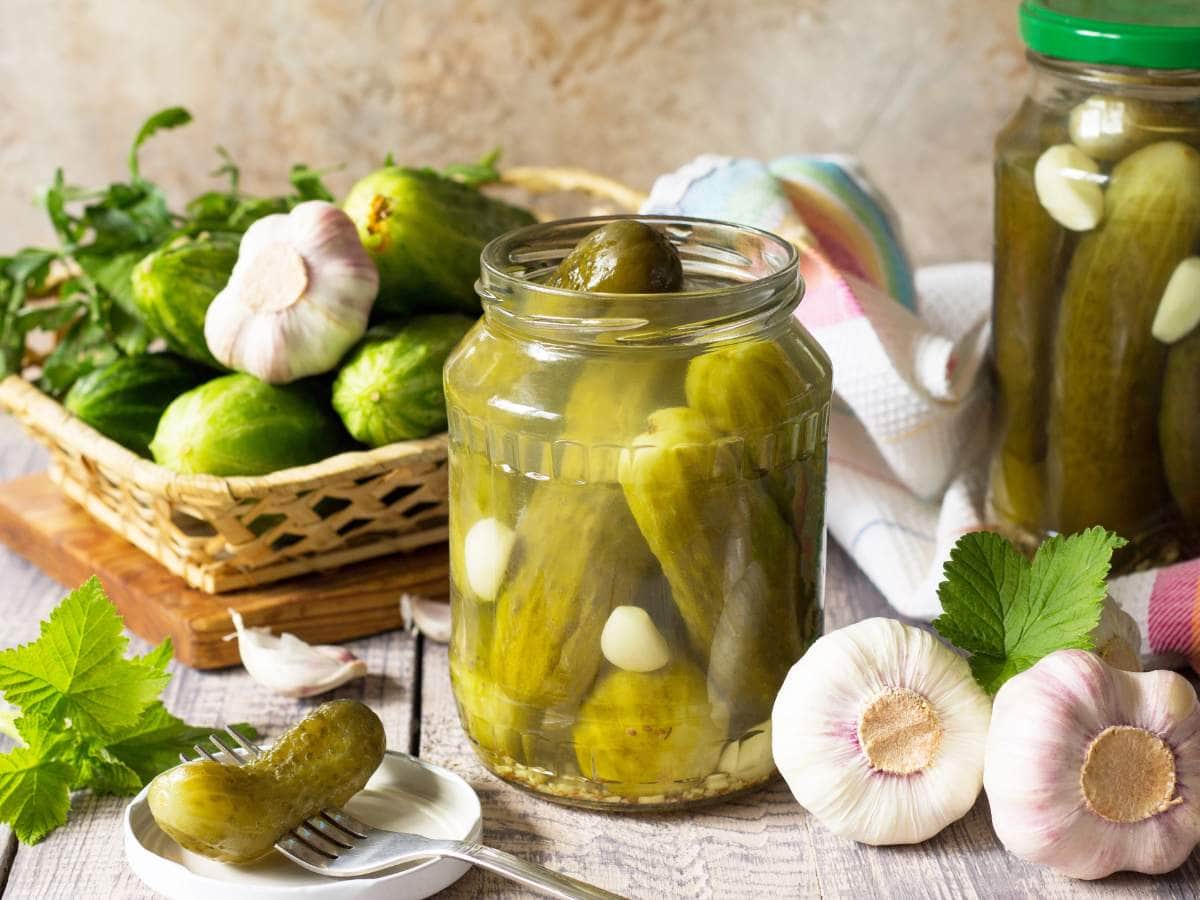
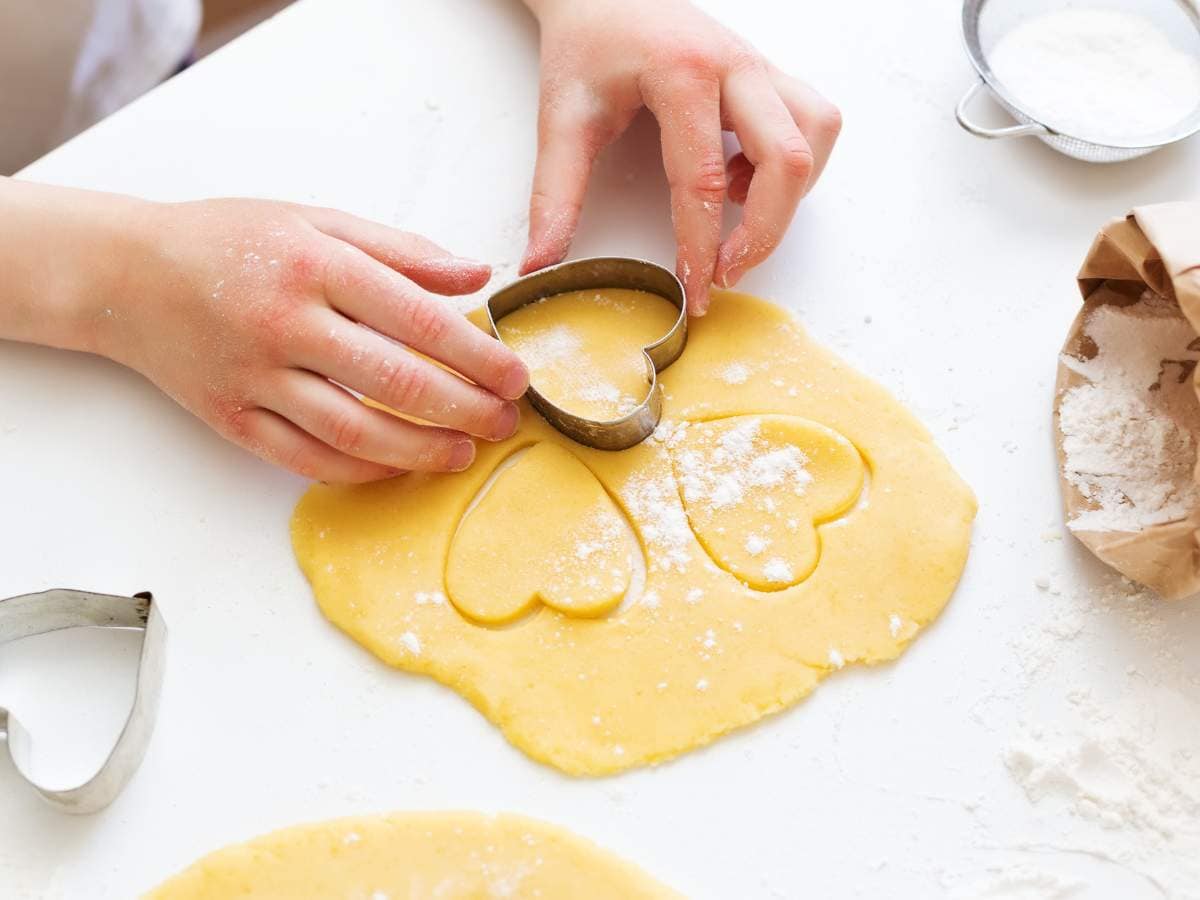
Ahhh, thank you for taking the guesswork and anxiety out of cooking steaks. At my house we have varied preferences and I always struggle to get it right for each person.
I’m so glad to hear it, Jimmy! I’m happy you get to focus on enjoying the steak with your family without feeling anxious over the preparation.